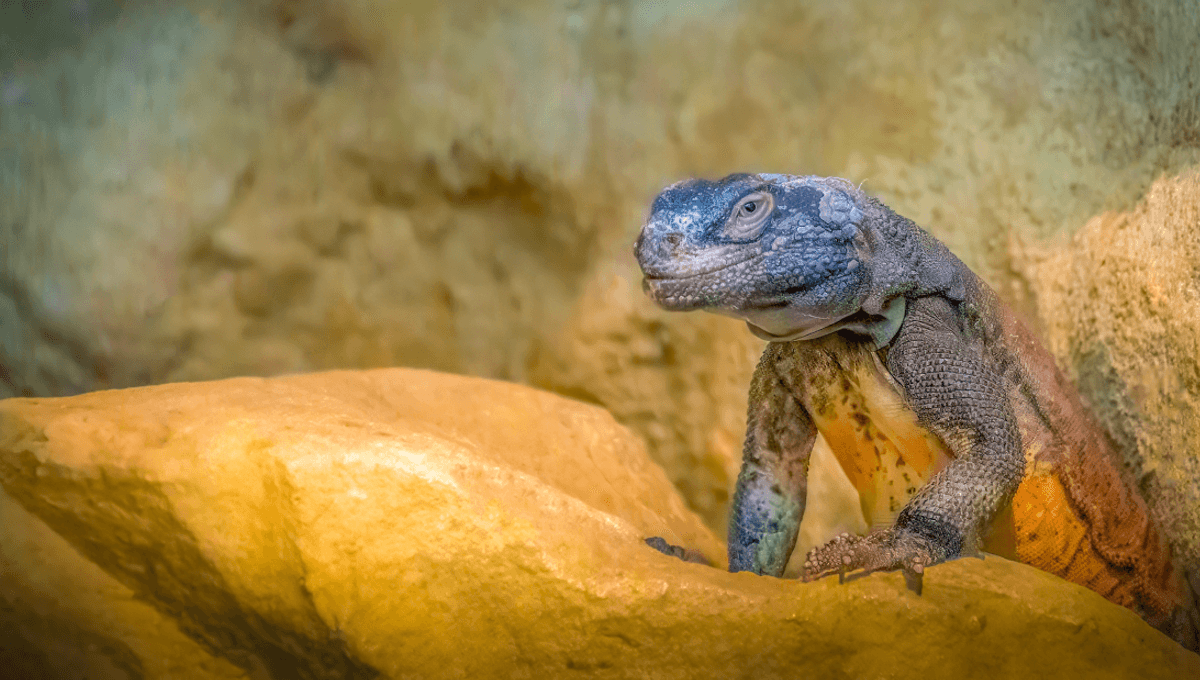
A group of spiky reptiles living on Clarion Island off the coast of Mexico has escaped extermination after it was discovered that they are not the invaders they had been labeled. Known as spiny-tailed iguanas (Ctenosaura sp.), it had been assumed they were introduced to the island by humans, but oh how wrong we were.
The rest of this article is behind a paywall. Please sign in or subscribe to access the full content.
Invasive species are a big problem for ecosystems. Just look at New Zealand, where the introduction of ground-dwelling predators like rats and possums has decimated their populations of flightless birds (a trend they hope to put to an end with Predator Free 2050). When humans create a problem, it’s only right that we try to correct it (or eat it), but the iguanas of Clarion Island are serving as a poignant reminder that things aren’t always as they seem.
How did iguanas make it to Clarion Island?
Sitting about 700 kilometers (435 miles) off the west coast of Mexico, Clarion Island is a curious and ancient place. It’s the oldest island in the Revillagigedo Archipelago in the Pacific, having formed as a result of volcanic activity around 5 million years ago.
In that time, it’s never been connected to the mainland and so – like the Archipelagos in the Galápagos and Hawai’i – it’s home to an ecosystem not found anywhere else on Earth. It would be bad news, then, if an invader made ground and started to destabilize all that.
That’s what we thought was happening with the spiny iguana. It was believed these reptiles made it to Clarion Island as scaly stowaways, carried over by humans as we traveled around in boats.
Now, genetic studies have revealed that the iguanas on Clarion Island diverged from their relatives over on the Mexican mainland 425,000 years ago. That means they must have arrived on the island by riding the waves on driftwood or vegetation mats, as we humans didn’t even arrive on the American continent until 26,000 years ago (at the earliest).
A narrow escape
This finding has big implications both for the reptiles themselves and conservation in a broader sense. Having long been considered an invasive species, there had already been talk of exterminating the iguanas as a means to correct a human-made mistake. Turns out, if we’d done that, we would have been driving a native species to extinction for no reason.
Somewhat ironically, it was actually the introduction of sheep, pigs, and rabbits to Clarion that led to the iguanas being wrongly labeled invasive. After all those plant-loving animals cleared vegetation on the island, the iguanas suddenly became more noticeable, and this was misinterpreted as evidence that they were taking over.
Just like their maiden voyage from the mainland, the iguanas have ridden the waves of this controversy and live to scuttle another day in their native home of Clarion Island. Now, they’re a symbol for that all-important step in science: always check your working.
“Our study demonstrates the importance of genetic and natural history research for nature conservation,” said Daniel G. Mulcahy of the Museum für Naturkunde Berlin in a release. “Only through precise analyses can we understand which species truly belong to an ecosystem – and how we can effectively protect them.”
The study is published in the journal Ecology and Evolution.
Source Link: “Invasive” Iguanas Spared Extinction As It's Discovered They Arrived Before Humans Did